Taking a look at Juglans the walnut family and it's use in model ship building
Walnut along with other woods like Basswood, Maples and others have been kicked to the curb for various reasons. Usually based not on personal experience using the wood but more on comments on forums. As far as Walnut is concerned it is considered unusable for model work because of its "open grain" so let's take a look at this open grain
here is a piece of Walnut sanded with 80 grit sandpaper the streaks are from the sandpaper the open grain are the darker streaks
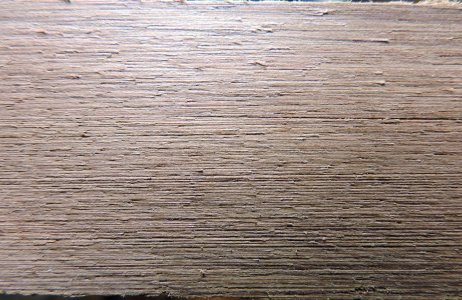
zoom in closer the dark streak at the top is the open grain as well as the smaller dark streaks. What you notice is the open grain is smaller than the marks from the sandpaper
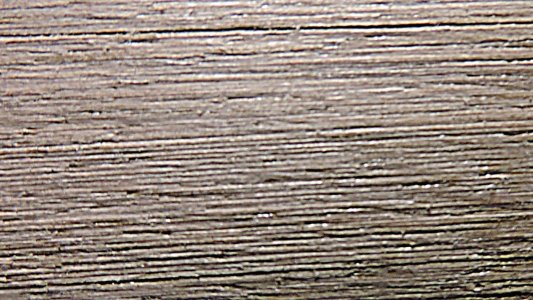
zoom out and the open grain is hardly noticed
The reason for not using Walnut because of the open grain is not really an issue because Walnut has an overall fine grain.
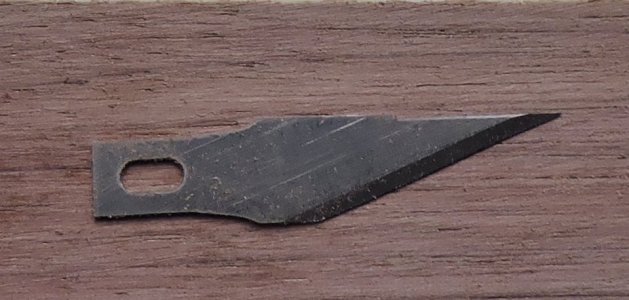
Because Walnut is highly resistant to shock it responds well to steam bending make it the perfect choice for wales and moldings.
what you are looking at is a Walnut molding for a model that is edge bent. The top piece is looking down as it would bend around the bow. The piece below is looking at a side view. The wood is very stable and will hold a bend.
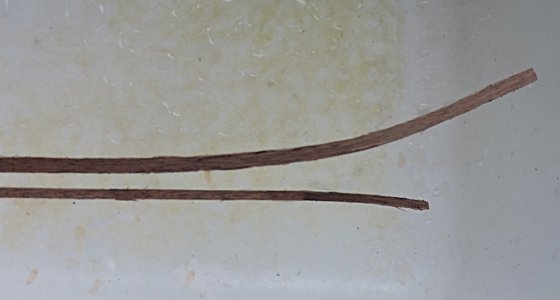
A draw back to Walnut, it is becoming more and more expensive from $18.00 to $90.00 a board foot which drives up the cost for model kits as well as for scratch builders.
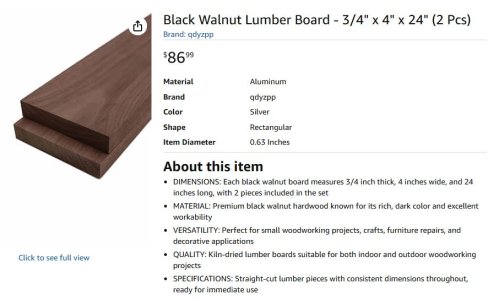
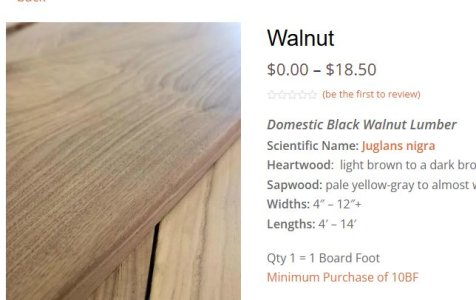
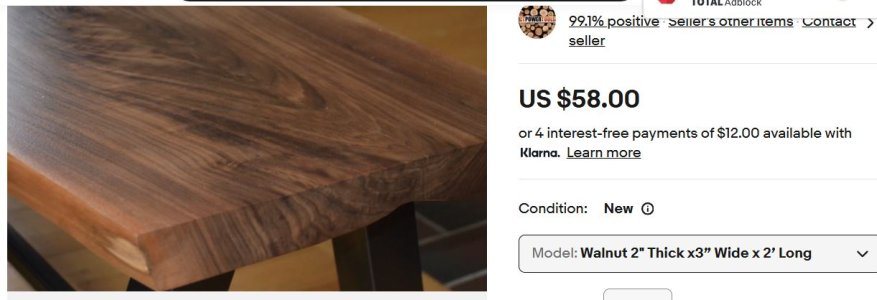
Not all Walnut is equal in texture, grain and fineness because Walnut trees are slow growing the best fine grain Walnut come from old growth trees, that is logs from 24 to 36 inch diameter. Here are Walnut logs from a 200 year old tree with a diameter of 39 inches.
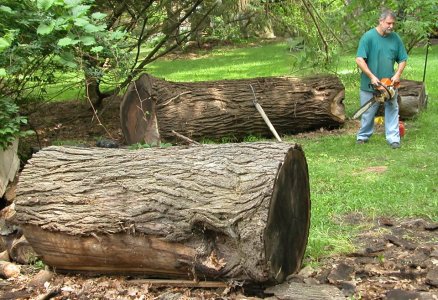
Here is a pile of Walnut logs just dropped off in my yard, The two bigger one's weigh around 800 pounds.
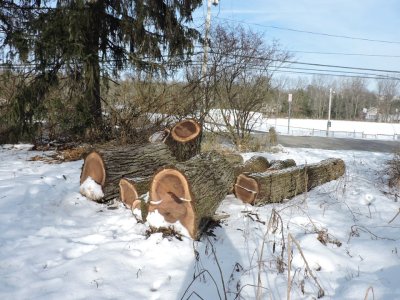
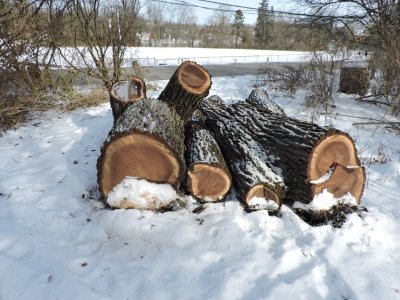
it once was a tree well over 100 years old with a 27-inch diameter
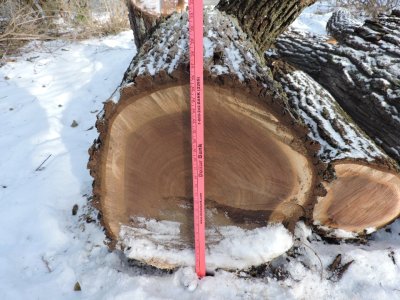
The sapwood also makes nice looking hull planking the only problem is there is very little sapwood on a log. So you can use White Walnut also known as Butternut.
Two standing Walnut trees the last two from the original Walnut grove that once was in the neighborhood. These were spared the fate of urban development because they are in my yard. These are 50 years old and i know that because they were just saplings when i moved here 49 years ago. Still young their trunks are 13 and 15 inches diameter 1/2 the adult size. Maybe they will reach full growth in 60 to70 years.
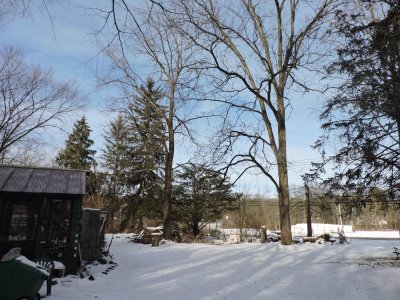
here are links if you want to know more about Walnut

www.wood-database.com
https://www.youtube.com/watch?v=ginBTQsEU_Q Open grain wood refers to wood that has a visible pattern, or grain, that is characterized by wide and prominent divisions caused by differences in growth rate. Examples of open grain wood are maple,

www.remodelormove.com
As a woodworker, I am constantly learning about the different types of wood and their unique characteristics. One of the most important distinctions to understand is the difference between open grain wood and closed grain wood. Open grain wood, as the name suggests, has larger and more visible...

tedwoodplans.com
In this guide, we’ll cover everything you need to know about walnut wood—its types, unique features, uses, how it performs, and how to care for it.

thewoodcarpenter.com
Walnut wood is highly sought after for its deep brown colour, strength, and durability. Read on to find out how to choose, buy and maintain a good piece!
timberactually.com


























